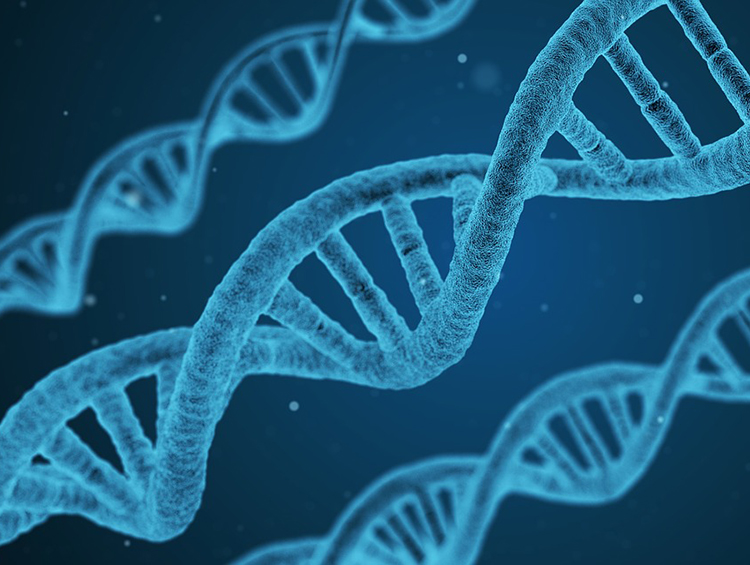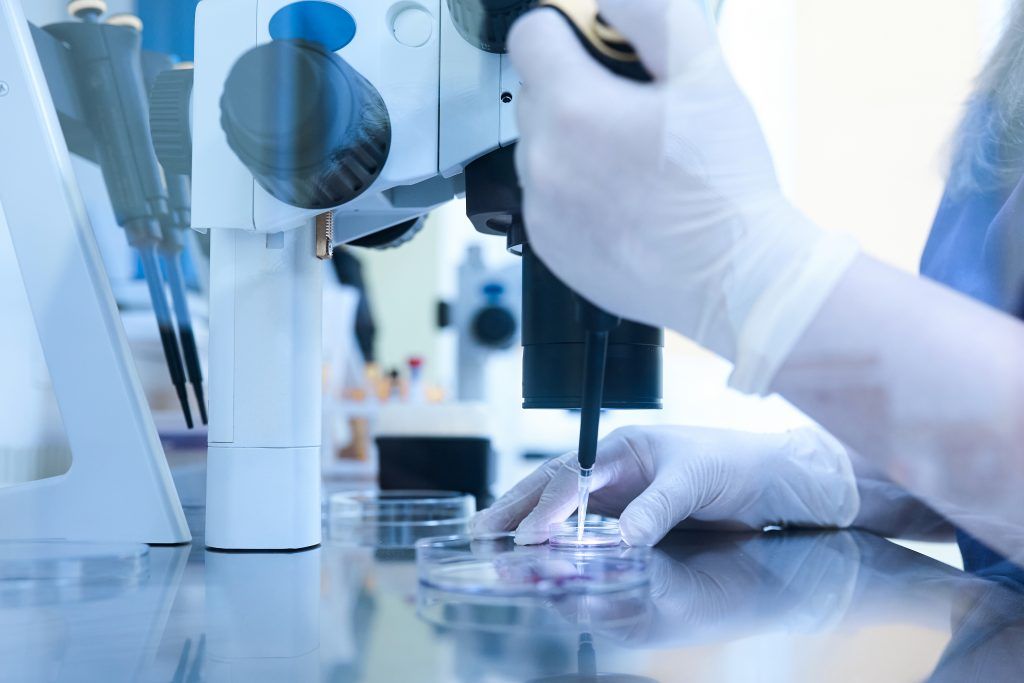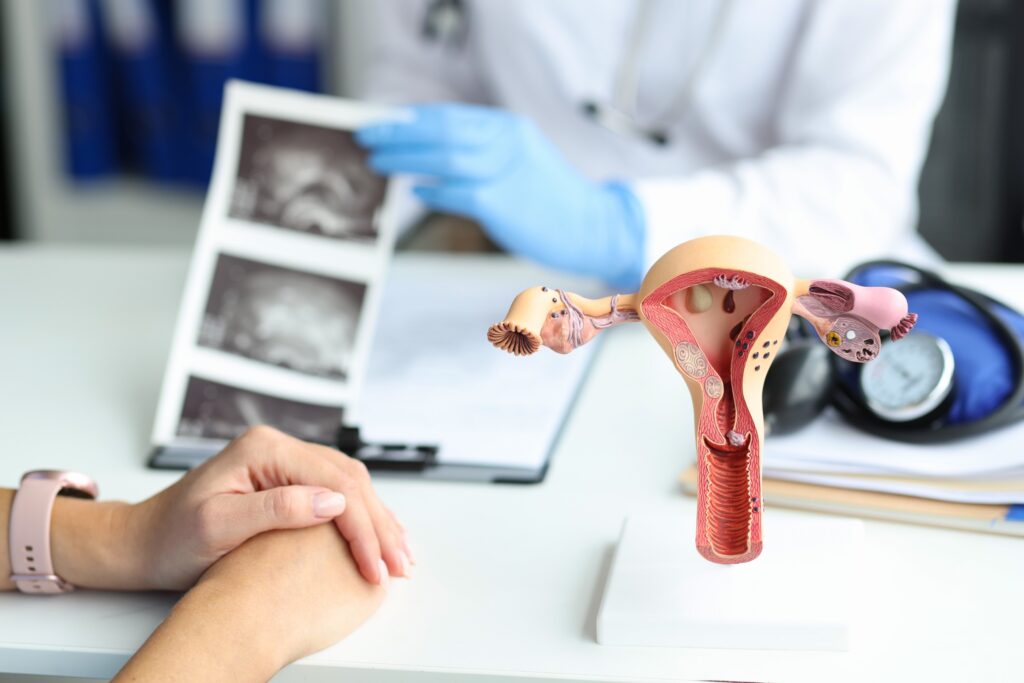Success rate in assisted reproduction treatments is one of the main reasons for choosing one clinic over another. Other external factors also influence the choice, such as the location of the clinic, the recommendation by friends, relatives or gynecologist, the cost of the treatments, etc. However, here we tell you about 8 factors that improve the success rate in assisted reproduction in URH García del Real.
Experience: Our Human Reproduction Unit was created more than 20 years ago. Having professionals with a long clinical experience adds security in achieving a well-done diagnosis, in the therapeutic approach and a stability in the success rates in assisted reproduction.
Professionals with exclusive dedication: URH García del Real has gynecologists, embryologists and nurses dedicated exclusively to assisted reproduction and who work only in our center. In addition, it also has a multidisciplinary team that allows treating patients in a complete way. We believe that, in some cases, it´s necessary to study and treat the couple´s fertility from other specialties than gynecology. For this reason, we have an endocrinologist, nutritionist, urologist and psychologist.
All our professionals are in a continuous training program, attend conferences and publish scientific articles. This gives them the opportunity to be aware of all the new developments and strategies, treatments and equipment that can be implemented in the clinic to improve the quality of care and the treatment results.
Size of the clinic: URH García del Real is a medium-sized clinic. This allows patients to receive personalized treatment, since the team knows about all the patients, and meets daily, in clinical sessions, to keep a detailed follow-up of the cycles.
Weekend work: In URH García del Real, we work 365 days a year. On a weekend day, there are ultrasounds, follicular aspirations, transfers and all kinds of work necessary in the treatment. This makes the best results within the circumstances of each couple.
Laboratory conditions: An extremely important factor of the success in assisted reproduction are the laboratory conditions. In URH García del Real we take great care of the details. The laboratory has the necessary equipment to provide each gamete and embryo the most favorable environment for its proper development. Thus, our laboratory has individualized incubators for each patient´s embryos, so working with embryos from other patients will not affect their culture conditions. Our incubators also have a concentration of gases carefully studied to achieve the best culture condition for embryonic development in our particular laboratory. This incubator gases have the best purity that exists in the market.
On the other hand, we have an air conditioning system that maintains a constant temperature and overpressure with a 24-hour alarm system. The constant temperature prevents changes in the laboratory equipment that could affect the results. The overpressure provides a constant flow of air from inside to outside the laboratory, that prevents the entry of harmful odors or particles. This air conditioning system also incorporates filters that make the laboratoy air free of impurities and volatile organic (VOCs) particles that are harmful to embryos.
Materials used in the laboratory are disposable, sterile and embryotested. This means that they have passed tests that certify they are not embryotoxic, so they can be in contact with gametes and embryos without risks.
Mild ovarian stimulations: The doses of hormones used for ovarian stimulation, both in artificial insemination and In Vitro Fertilization, are the minimum necessary to achieve the most favorable number of oocytes for each patient. It has been demonstrated that high doses of hormones can result in poor quality oocytes. Mild ovarian stimulations results in les, but better-quality oocytes, so better results are obtained.
Mixed inseminations: Many times, in first IVF cycles it´s found that both, fertilization and/or embryo quality, can be different depending on whether an IVF insemination or intracytoplasmic microinjection (ICSI) is performed. For this reason, in URH García del Real, in all first cycles with normal semen samples, we perform IVF in half of the oocytes, and ICSI on the other half. This way, we make sure we get the best probability of obtaining the best embryo.
Blastocyst transfer: When there are enough good quality embryos available (and keeping in mind the patient’s clinical history), they can be transferred on day 5 of embryo culture (blastocyst stage). This allows a better embryo selection since we can observe their evolution for more days. Also, the transfer is done when there is a better synchronization between the endometrium and the embryo.
All these factors have an impact on the assisted reproduction success rate. In URH García del Real, we take care of every single detail to offer you the best, and success rates above the Spanish average.
Dr. Isabel Pons Mallol – Head of the Laboratory of In vitro Fertilization and Andrology











